17 People Share Reasons Why They Decided to Get a Divorce

Sometimes it’s not that easy to find what you need in a store because there are too many choices. So, shopping can be really time-consuming. But it’s especially disappointing if the quality of the chosen goods leaves a lot to be desired. So, these tips can really make your life easier and save you quite a lot of time.
At Bright Side, we’ve prepared a guide for you that will help you get a less frustrated shopping experience.
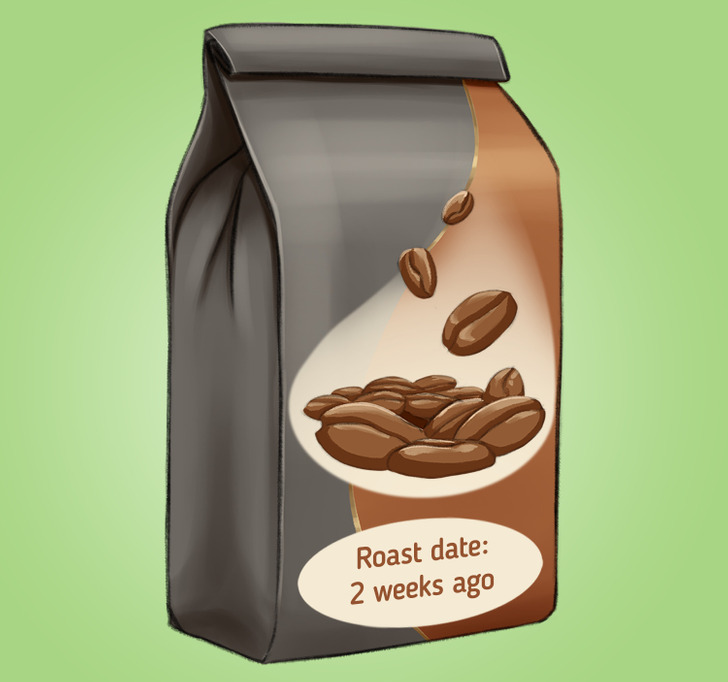
If you want to find coffee you’ll enjoy, you should take into account the following things.
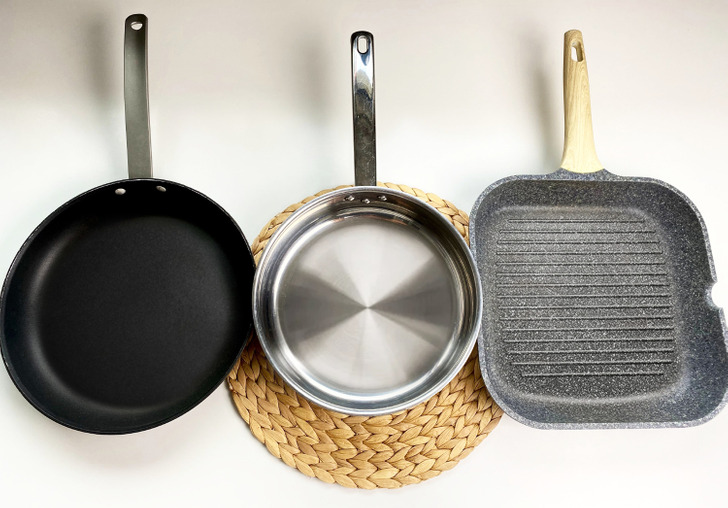
Usually, we choose a pan depending on the size of our stove and the foods we want to cook in it. But we rarely pay attention to the material it’s made from while it can give certain advantages to the pan. The main thing to decide is which advantages you really need. This is what you should keep in mind while choosing a pan:
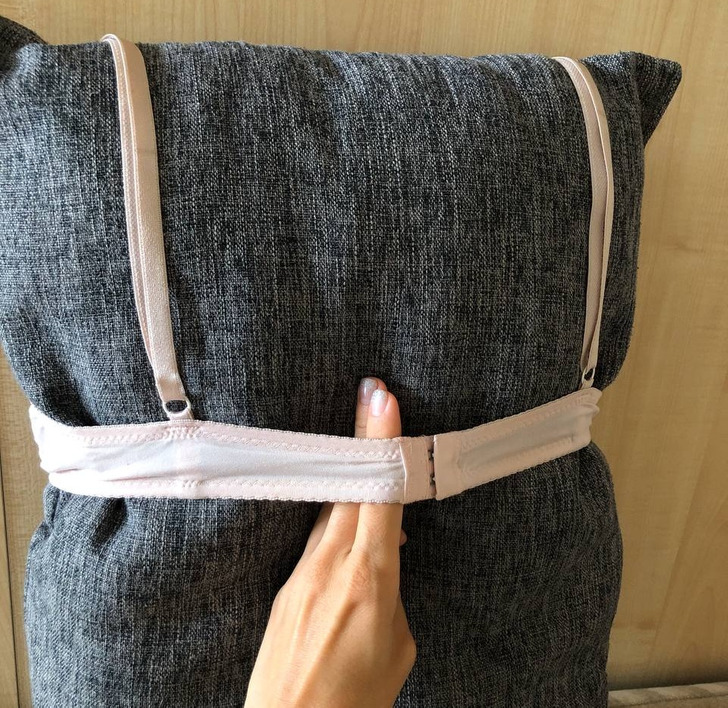
To choose a bra that will fit you perfectly, pay attention to the following things.
The tips below will help you choose fresh meat.
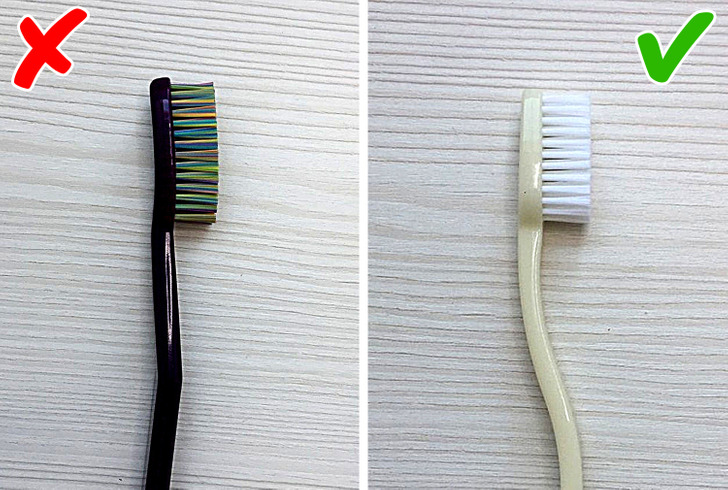
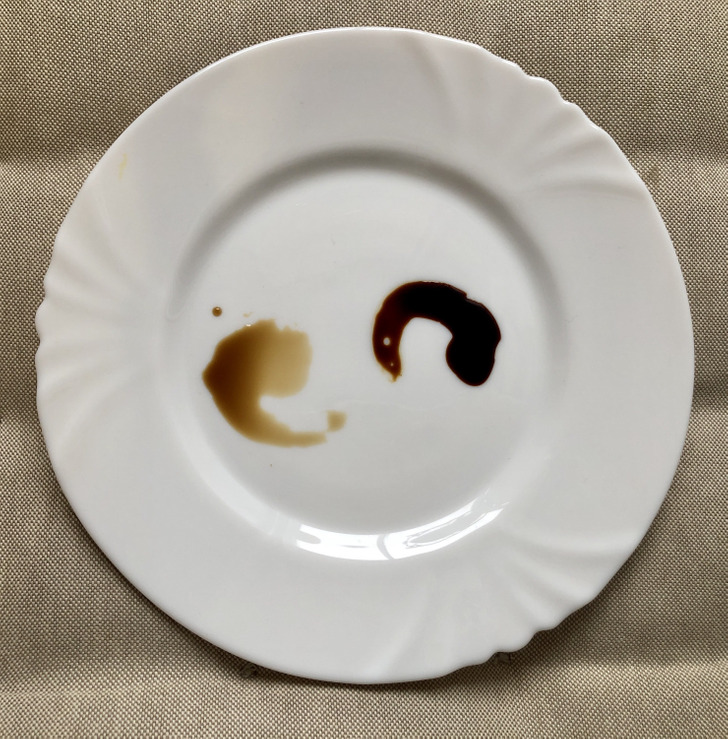
There are different types of soy sauce, which differ in composition and use.
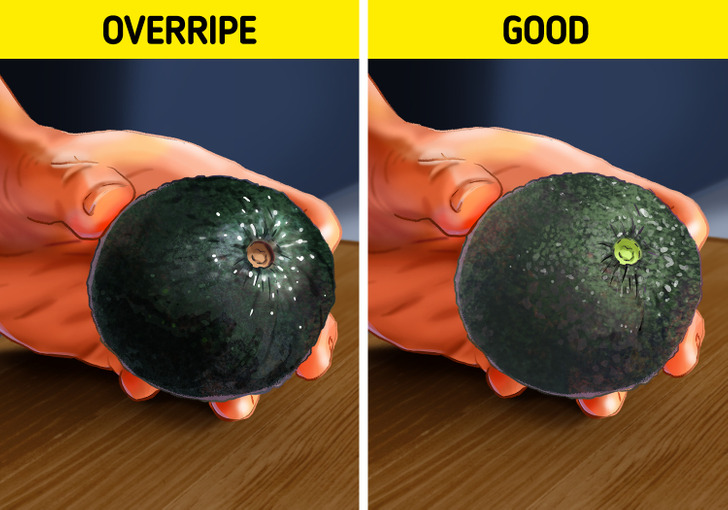
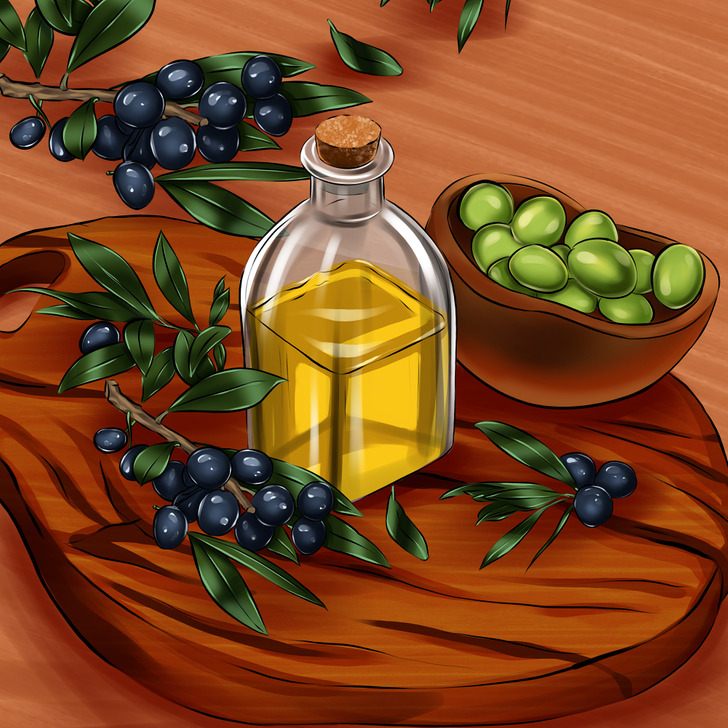
The highest grade of olive oil is Extra virgin olive oil. This oil is the healthiest and high quality, and it has natural flavor and aroma. You can recognize it by the following signs.
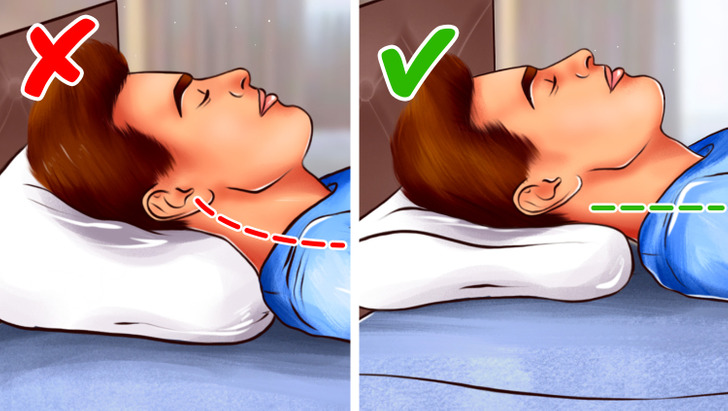
The choice of a pillow depends on the position you prefer to sleep in. Its main task is to make your body feel comfortable. The right pillow should keep your head, neck, and spine in a neutral position. You can check this as follows: make sure your ears are in line with your shoulders and your chin is in line with your sternum. So, you should choose a pillow in accordance with your sleeping style.
Do you have shopping life hacks of your own? Share them in the comments below.











